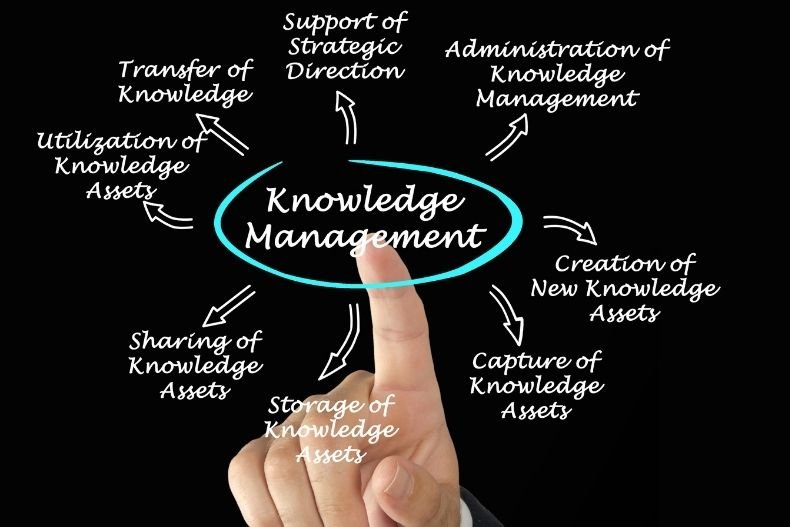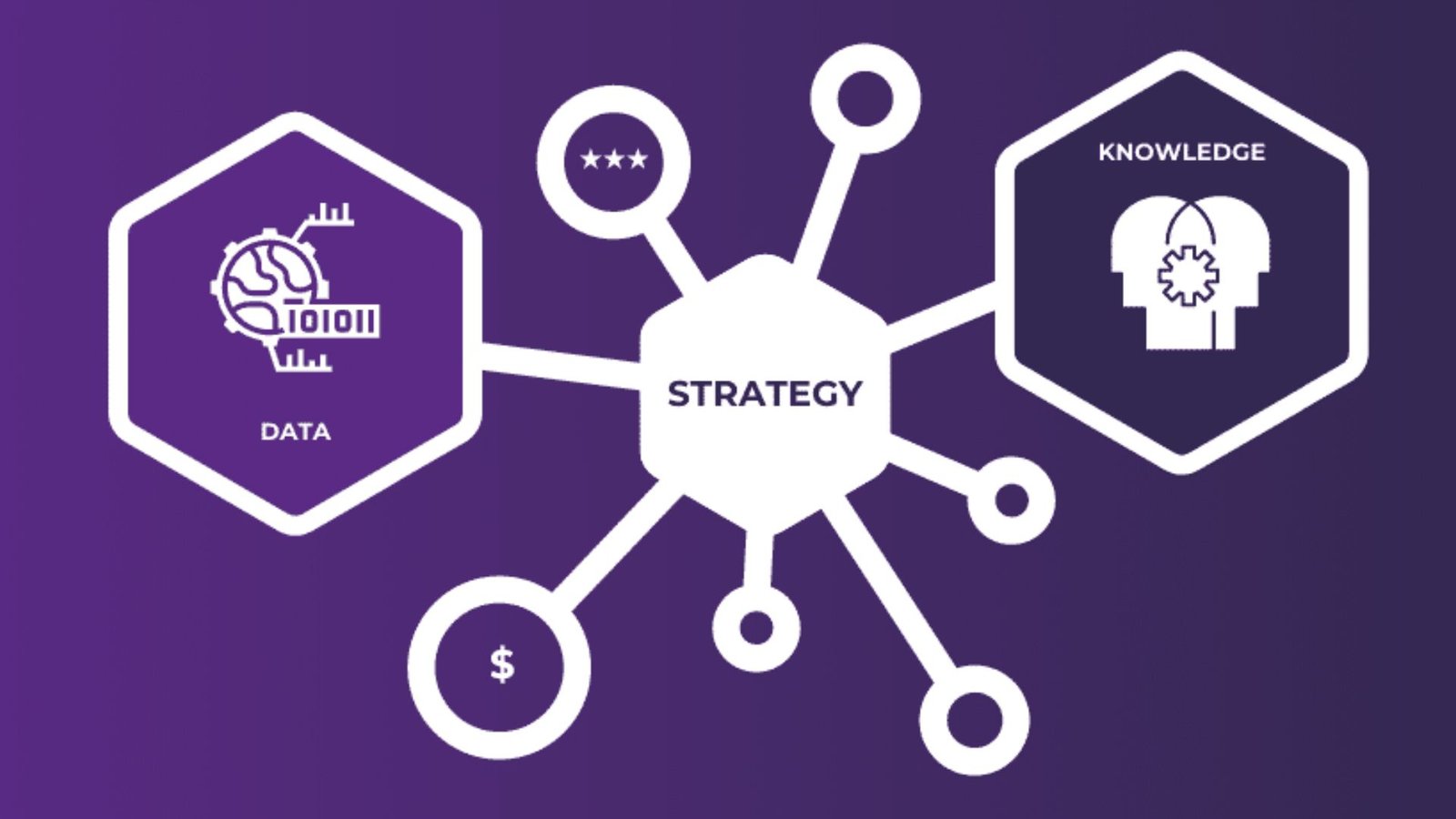In today’s fast-paced business landscape, effective knowledge sharing is vital for success. Knowledge Management Systems (KMS) facilitate the capturing, sharing, and utilization of organizational knowledge. Implementing a KMS can enhance collaboration, improve decision-making, and foster innovation. In this article, we’ll explore how to successfully implement Knowledge Management Systems within your organization.
Assess Organizational Needs
Before diving into the implementation process, it’s crucial to assess your organization’s specific needs. Start by identifying the types of knowledge that need to be captured—whether it’s expertise from employees, project documentation, or customer feedback. Engaging with various departments can provide insights into what knowledge is most valuable.
Moreover, understanding your organization’s culture is essential. Some teams may prefer more informal knowledge sharing, while others might rely on structured documentation. Tailoring your KMS to fit these needs ensures better adoption and utilization.

Choose the Right KMS Tool
Once you have a clear understanding of your needs, the next step is selecting the right KMS tool. There are numerous options available, from simple document-sharing platforms to sophisticated knowledge bases like Confluence or SharePoint. Consider factors such as user-friendliness, integration capabilities, and scalability when making your choice.
Additionally, involve your team in the decision-making process. Gathering input from future users can help you choose a system that meets their needs and preferences, leading to higher engagement and satisfaction.
Develop a Clear Strategy
After selecting a KMS tool, it’s essential to develop a clear implementation strategy. Outline your objectives, timelines, and key performance indicators (KPIs) to measure success. Having a structured plan provides direction and ensures that all stakeholders are aligned.
Furthermore, designate a team or individual to lead the implementation process. This person should be responsible for coordinating efforts, training staff, and troubleshooting issues. Having a dedicated point of contact can streamline the process and foster accountability.
Create a Knowledge Sharing Culture
Implementing a KMS is not just about technology; it’s also about fostering a culture of knowledge sharing. Encourage employees to contribute their expertise and insights regularly. This can be achieved through workshops, brainstorming sessions, or informal meetings.
Moreover, recognize and reward contributions. Acknowledging team members who share valuable knowledge can motivate others to participate actively. Celebrating knowledge sharing as a core value within your organization enhances collaboration and drives engagement.
Train Employees on the KMS
Training is a critical component of successful KMS implementation. Provide comprehensive training sessions to ensure that all employees understand how to use the system effectively. These sessions should cover not only the technical aspects but also best practices for knowledge sharing.
In addition to formal training, consider creating user-friendly guides or video tutorials. These resources can serve as valuable references for employees as they familiarize themselves with the KMS. Ensuring everyone is comfortable using the system will increase its overall effectiveness.
Monitor and Evaluate
Once your KMS is up and running, it’s essential to monitor its performance regularly. Use the KPIs established during the planning phase to evaluate how well the system is meeting your objectives. Gathering feedback from users can provide insights into what’s working and what needs improvement.
Additionally, stay open to making adjustments. If certain features are underutilized or if new needs arise, be willing to adapt the KMS accordingly. Continuous improvement is key to maximizing the effectiveness of your Knowledge Management System.
Conclusion
Implementing a Knowledge Management System can significantly enhance your organization’s efficiency and collaboration. By assessing organizational needs, selecting the right tool, developing a clear strategy, fostering a culture of knowledge sharing, training employees, and monitoring performance, you can create a robust KMS that benefits everyone.
As you embark on this journey, remember that knowledge management is an ongoing process. Stay committed to refining and improving your system, and you’ll empower your team to leverage their collective knowledge for better decision-making and innovation. By prioritizing effective knowledge management, you position your organization for long-term success in an increasingly competitive environment.











